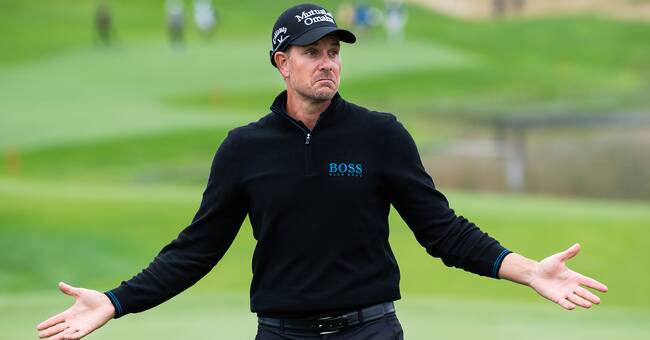Better balls, better clubs, sharper technique and stronger players.
There are many reasons why development continues to falter when it comes to how far the best professionals can hit a golf ball.
The sport's leading bodies, the American USGA and Scottish R&A, stated in a joint report this spring that the constant development in stroke in the long run is harmful.
Both because it risks undermining the basic principle of golf that the sport is about having a wide range of skills, but also because many courses risk becoming less challenging and outdated.
"Hard to stop"
But no ready-made solutions were presented - and the question is whether there are any.
- It is of course sad that there are good old golf courses, which you can not extend further and which are therefore "destroyed".
But on the other hand, I think there are small opportunities to do something about this with a set of rules regarding balls or equipment, says Ola Lindgren, head coach for the Swedish Golf Association's men's activities.
- It is somehow in the DNA of all sports to develop - longer, higher, faster.
And I think that development is very difficult to stop in a global sport with a lot of money, and which is also part of the Olympic program now.
The issue of stroke was further raised when Bryson DeChambeau won the US Open in superior style last autumn.
Thanks to a combination of a lot of muscle and high swing speed, he is cutting just over 300 meters with the driver this season.
"Several reasons"
- But you do not win a US Open because you bank far from the tee.
He was probably number one on putting within three meters and hit a lot of good melee shots as well, Henrik Stenson told TT in connection with The Masters at Augusta in November.
There, 27-year-old DeChambeau was later beaten by, among others, 63-year-old legend Bernhard Langer, as just proof that length is not everything.
Stenson, Sweden's most successful men's golfer of all time, realizes that the golf world still has a problem to wrestle with:
- It is clear that our decision-making bodies are a little worried about where it is going.
Because where will we end up in 30 years?
- There are several reasons why we have ended up where we are now: Technology, shaft, balls, clubs.
And everyone has a "launch monitor" when you train - you can more quickly see if your swing is effective.
The players are stronger too, the golfer has changed quite a lot in 20 years.
Responsibility with the tours
Ola Lindgren and Henrik Stenson agree that a great responsibility rests on the various professional tours, to ensure that length is not a factor that is rewarded too much and often.
- Length has always been an advantage, but the best thing is that there is a decent mix of competitions during a season, so that not only players who have length as their strength can assert themselves, says Henrik Stenson.
He is worried that someone will be discouraged from starting golf because you do not feel that you can hit far enough.
- There is the classic with a bit narrower fairways, a rough where you can not control the ball and harder greens.
Then you need to play another type of game.
Stenson takes the course outside Paris as an example, where Europe hosted the latest Ryder Cup match.
- The Americans were not willing to push iron toes off the tee, but they drove on with the driver and knocked it out in the batter while we hit the fairway instead.
It made a big difference.
Ola Lindgren, the national team coach, still believes that different types of players can achieve success in the future.
With that said: If you look at the top 20 in the world, it is, with a few exceptions, basically far-reaching players and I have a hard time seeing that we get a short-sighted world number one in the future.
CLIP: Rahm's crazy hole-in-one in training (10/11 - 2020)
Javascript is disabled
Javascript must be turned on to play video
Read more about browser support
The browser is not supported
SVT does not support playback in your browser.
We therefore recommend that you switch to another browser.
Read more about browser support
Jon Rahm offered a fantastic hole in one.

